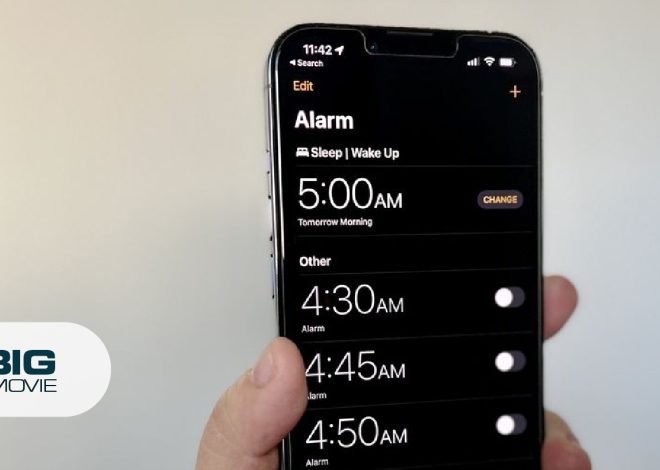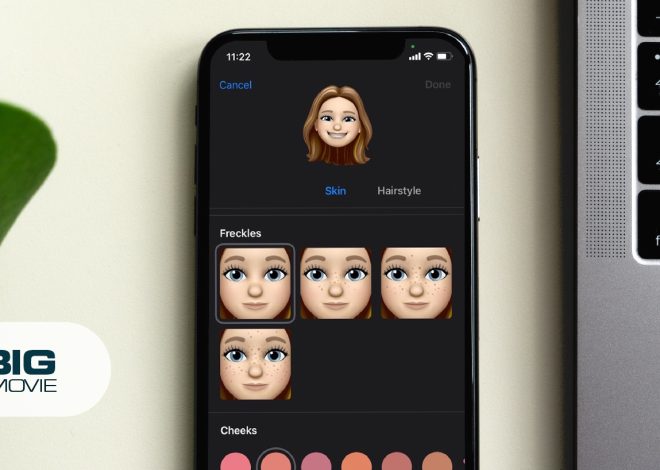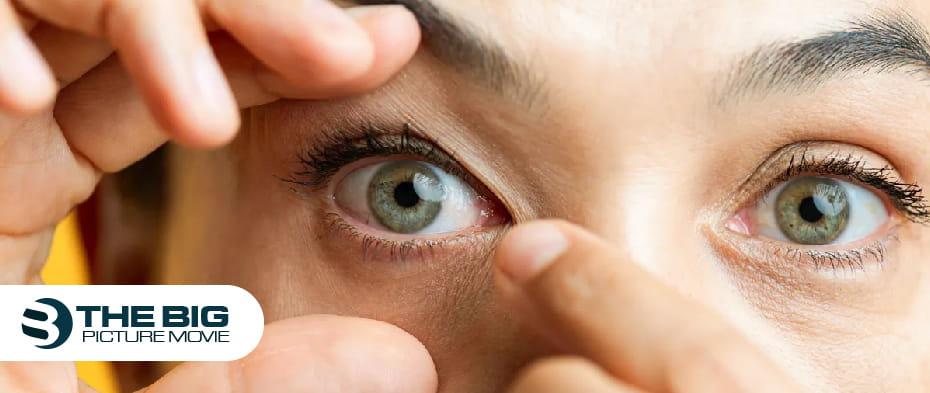
How To Get Something Out Of Your Eye
We know that the pain and discomfort of something landing in your eye are too annoying, and the whole world stops until you can get it out.
Generally, eyelids and eyelashes act as natural barriers. When you blink naturally, the reflex helpfully sweeps away larger objects.
However, smaller particles can find their way in. This will happen in your own comfort zone or outside in the windy and dusty weather.
Another way small objects enter your eyes is when you rub your eyelids with a soiled or dirty hand.
Don’t worry! This blog post has tips and tricks to get something out of your eyes.
Let’s learn how to do it.
What Happens When Something Gets In Your Eye?
When an object enters your eyeball, it usually finds a place to settle. Here is the list of places where it may be located:
- Under eyelids
- In the conjunctiva – a white area of the eyeball.
- In the cornea – a clear outer layer of the eyes.
The eyes have a vast network of nerves that aid in coordinating sensation and the blink reflex. The cornea is the body’s most densely innervated tissue. It is 300 to 600 times more sensitive than skin.
However, it is good because you won’t know or feel when a harmful object lands in your eyes. The cornea is programmed to shield your eyes from injury and vision loss.
What Foreign Objects Get Stuck in the Eyes?
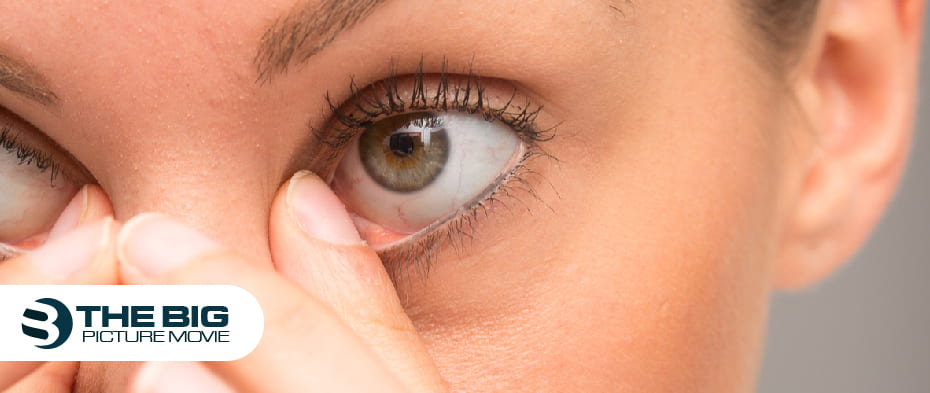
*Foreign object: In medical terms, a “foreign body” is an object that has entered something else by accident and should not be there.
When foreign objects enter the eyes, it causes discomfort and tearing. Your eyelash is the most common culprit.
Here’s the list of things that can get in the eyes, which may include:
- Dirt
- Bits of metal
- Pollen
- Animal hairs
- Bugs
- Contact lenses
- Dried mucous
- Makeup particles
6 Tips To Take Something Out Of Your Eye
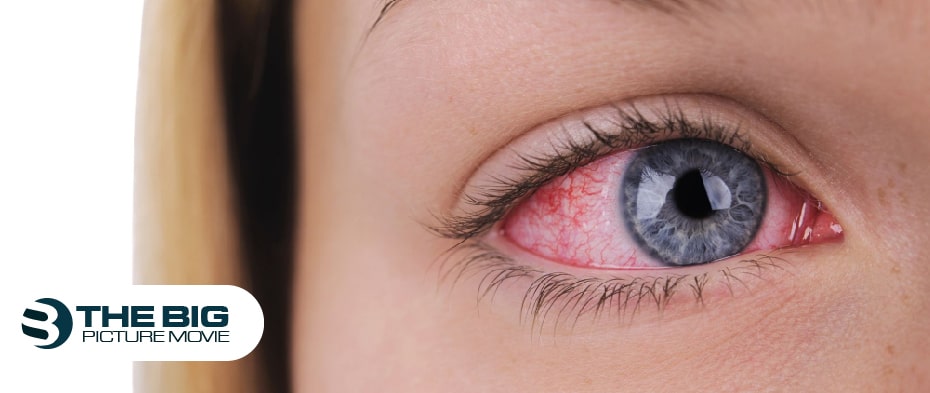
Moreover, you can use a clean figure to remove dirt gently. You can also use a clean figure to remove dirt gently. It must be done safely, so the eye’s surface is not damaged.
Here are some easy-peasy tips you can try at home:
- Make Sure You Can See: Find a bright spot in the mirror to see.
- Wash Your Hands: Clean your hands is mandatory to remove unwanted particles and protect you from infection.
- Look at all Surfaces of your Eyes: These include the cornea, the conjunctiva, and under the eyelids.
To check under the eyelids, gently pull the lower eyelid down and away from the eyeball with your index finger.
Examine the lower pocket for debris. If you still feel discomfort under your upper eyelid, pull the upper eyelid gently up and off the eyeball.
- Rotate Your Eyes in Every Direction: This will help to drop small objects into view.
- Be Gentle: If you look at an object on the white part of your eye, delicately try to touch it and take it directly off your eyes. If it is in the center of your eyeball, try to blink a few times unless it moves to the white part of the eyeball.
- Flush the Eyes: Now splash water in your eyes over the sink. Fill a small cup halfway with water or saline wash.
To do this, put the cup’s rim around your eyes and place your face down. Quickly tip your head back, leaving your eyes open to let the cup’s water into your eyes. This procedure should be repeated as many times as necessary.
What Should You Avoid If Something Is Stuck in Your Eyeball?
You should keep these things in mind and only do something if anything is stuck in your eyes.
- Using Any Sharp Objects Near the Eyes: Do not use tweezers or other instruments to remove a foreign object. When looking in the mirror, it is difficult to tell how far your hand is from your eyeball.
- Touching Your Cornea: Do not touch the center part of the eye directly. Otherwise, you will give yourself a corneal abrasion. Although using a cotton-tip applicator will also cause a corneal abrasion if you apply it directly to the cornea.
- Eagerly Rubbing your Eyelids: If you get a piece of metal or sand in the eyes and you start rubbing, which will cause tiny scratches on the surface area of your eyes.
When to Get an Emergency Care
Among the body’s parts, your eyes are very sensitive and delicate. You need to get medical attention right away if:
- When harsh chemicals enter your eyes.
- Something has poked a hole in the eyes.
- When something pierces your eyes and gets stuck there. Don’t try to get it out yourself.
- You are not allowed to get specks of dirt or sand out of the eyes.
- You won’t see it when you still feel something in the eye after being tried to take it out.
- Your eyes start bleeding.
- When you can’t close your eyes.
- After your vision changes.
- Although you got the object out, you still feel worse.
When you want help, your doctor will look at your eyes. They may use various types of drops in the eyes, for instance:
- Medication to numb your eyes.
- Dye to see any scratches on your eyeball.
- Meds to widen your pupils.
Your doctor will remove the object by flushing it or using needles or other instruments. If the object has pierced and stuck in your eyeball, you will have to take a special X-ray or ultrasound to see exactly where it is.
Moreover, you will get an antibiotic ointment for your eyes to prevent infection.
If a scratch remains on your eyes after the offending object has been removed, you may need to wear an eye patch until it heals.
Conclusion
You can easily remove a foreign object from your eyes by using the methods described above.
However, be patient and gentle to avoid further eye irritation or injury. Most small particles will be swept away with tears. But for stubborn foreign objects, you must flush your eyes.
If your symptoms keep going, seek care from an eye care professional. They can help determine what’s causing your symptoms and find the best treatment.


